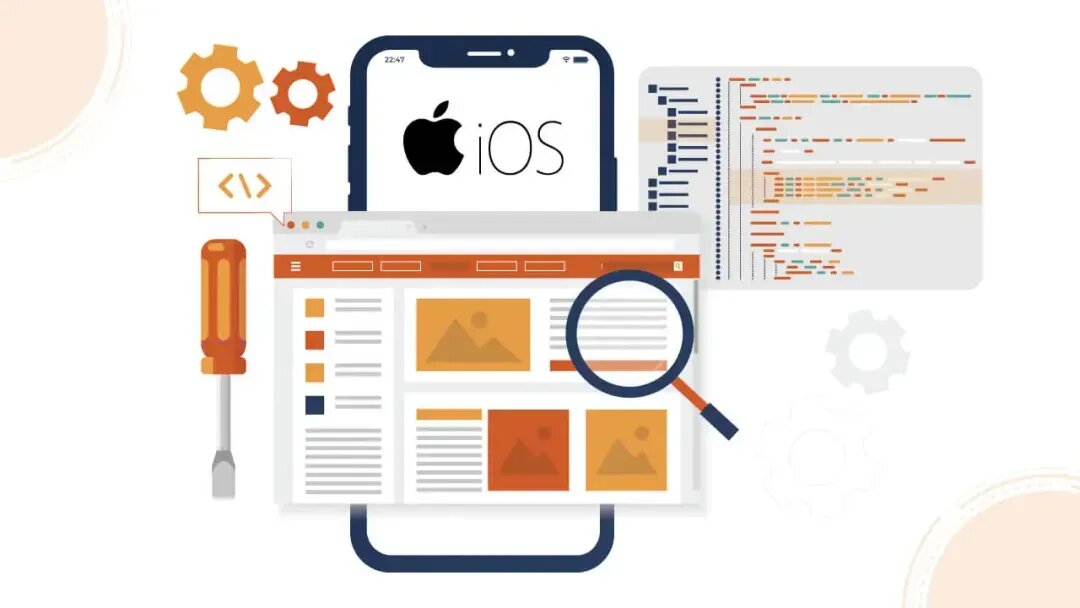The modern workplace is constantly evolving, with new technologies and advancements being made every day. One such advancement is the virtual desktop.
What are virtual desktops? In essence, they’re a simulated version of your computer desktop that can be accessed remotely. This means that you can log into your virtual desktop from any device or computer, anywhere in the world, and have the same exact working environment as if you were sitting in front of your own computer.
Another great benefit of virtual desktops is that they save companies money by avoiding the costs of managing traditional on-premises desktop infrastructure. This can include the costs of purchasing and installing hardware, software, and licenses, as well as the costs of ongoing maintenance and support.
With virtual desktops, companies can quickly and easily deploy new applications and desktops to users anywhere in the world. They can also quickly and easily scale up or down their desktop infrastructure to meet changing needs. This flexibility and agility can be critical for companies that are expanding or contracting their workforce.
Overall, virtual desktops are a great advancement in the modern workplace and can be extremely useful for various purposes. If you’re not currently using virtual desktops, consider giving them a try. You may be surprised at how helpful they can be.
Office Relocation
Many businesses are rethinking their office space needs, especially in response to the COVID-19 pandemic and the increase in remote work. Therefore, many modern business owners are moving their offices to locations with smaller square footage.
When it comes to relocating your office, you want to make sure that you’re doing everything possible to keep your employees comfortable and productive. That’s why working with an office moving company can be such a big help. These professionals know how to transport your office’s contents safely and efficiently, ensuring that your business doesn’t suffer any setbacks during the move.
There are a few things to keep in mind when choosing an office moving company. First, make sure that the company has a good reputation and that its employees are qualified and experienced. You’ll also want to ask about the company’s insurance coverage in case of any accidents or damage.
In addition to choosing a reputable office moving company, there are a few other things you can do to make the move go as smoothly as possible. First, start planning well in advance and give yourself plenty of time to complete the move. Next, be sure to clearly communicate your office relocation plans with your employees so that everyone is on the same page. Finally, take inventory of everything that needs to be moved and pack accordingly.
If you’re thinking about relocating your office, search online for “Miami office moving companies” or wherever you’re located to find qualified, reputable office movers in your area. These professionals will ensure that your move goes smoothly and that your business doesn’t experience any setbacks.
Visitor Management

The modern workplace is constantly advancing and incorporating new technologies and methods to make the workplace more efficient and productive. Another advancement is the incorporation of visitor management systems. A visitor management system is a computerized system that manages visitors to a workplace. The system typically includes a visitor registration system and a visitor tracking system. The visitor registration system collects information about the visitors, the visitor tracking system tracks the movements of the visitors, and the database stores the information that’s collected by the visitor registration system and the visitor tracking system. The photographs of the visitors are also stored in the database.
The Modern Workplace
With the prevalence of technology in the modern workplace, teamwork and communication are more important than ever. Some new advancements that you’ll likely see in the modern workplace include virtual desktops, smaller offices, and visitor management systems.


 Business1 year ago
Business1 year ago
 Tips & Tricks2 years ago
Tips & Tricks2 years ago
 Law1 year ago
Law1 year ago
 Technology2 years ago
Technology2 years ago
 Lifestyle1 year ago
Lifestyle1 year ago
 Tech1 year ago
Tech1 year ago
 Technology2 years ago
Technology2 years ago
 Business1 year ago
Business1 year ago







